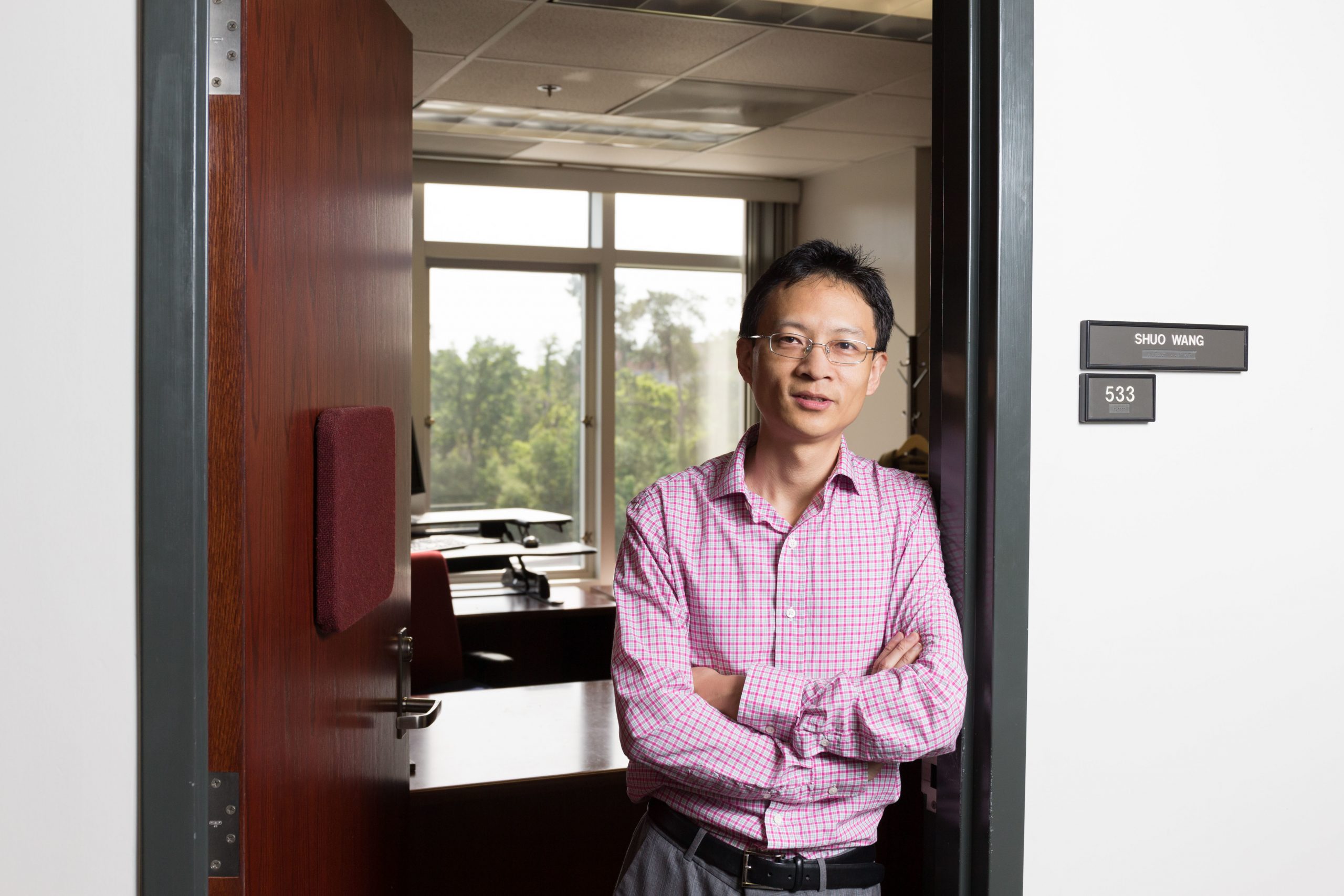ECE Florida Professor Shuo Wang has received funding from the National Science Foundation (NSF) for his project, “Advanced Electromagnetic Analysis and High-frequency Impedance Design for Magnetic Ferrite Inductors and Transformers.” The $399,999 project works to reduce electromagnetic interference (EMI) noise within modern power electronics systems which utilize wide bandgap (WBG) devices. The team will use innovative high-frequency impedance design for magnetic inductors and transformers and advanced electromagnetic analysis to dramatically reduce the noise generated by the circuits. The expected impact of the project is to help speed the widespread adoption of WBGs in the power conversion industry.
Interference & Semiconductors
All power conversion circuits generate EMI noise, potentially degrading the performance of nearby electronic circuits and equipment. Managing the effects of EMI has been of paramount importance to electrical engineers since the earliest days of radio communications—the same holds true for engineers in the power electronics industry. As interest in WBG semiconductors grows, there is an urgent need for research aimed at efficiently and economically reducing the high levels of high-frequency EMI noise generated by the devices. While WBG devices have the potential to reduce energy loss, cost, and the size of power conversion circuits, their high speeds also lead to higher EMI levels compared to conventional Si devices. According to the U.S. Department of Energy1, this is one of the main factors preventing widespread adoption of WBG devices in circuits.
The Project
Magnetic components including inductors and transformers play a significant role in generating and reducing EMI in power conversion circuits. The NSF project aims to suppress EMI by substantially improving magnetic components’ EMI suppression performance. The team will first develop a fundamental electromagnetic theory to bridge the microscopic electromagnetic behavior of these components with their macroscopic electrical performance. This will enable the development of advanced design technologies to drastically enhance the ability of magnetic components to suppress EMI without compromising energy efficiency. The success of this project will help to advance fundamental magnetic component theory, break down the EMI barrier, and facilitate the wide adoption of WBG devices in the power conversion industry. Consequently, it will increase energy efficiency, reduce CO2 emissions, and mitigate air pollution, contributing to a more sustainable next generation of power.
1. Page 10, https://arpa-e-foa.energy.gov/FileContent.aspx?FileID=2254739c-ddef-4dca-9d3a-482b8b2c84ad

